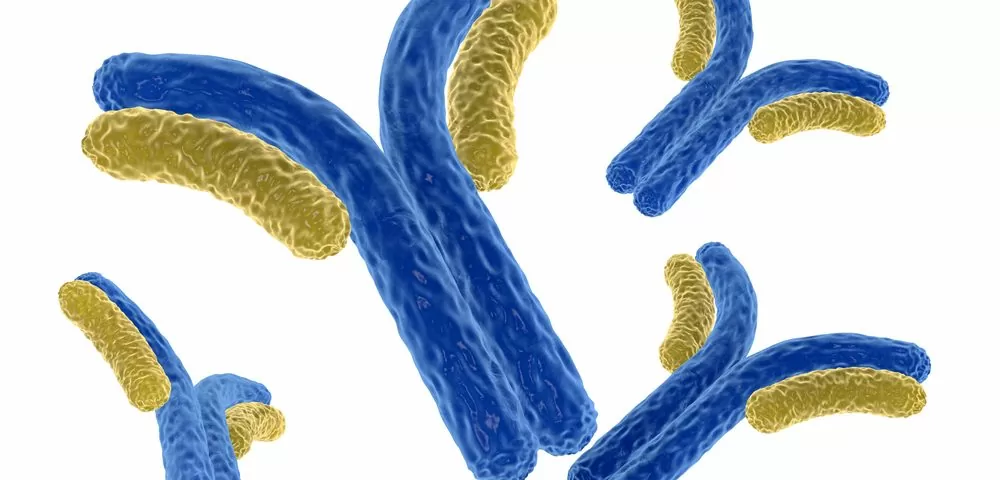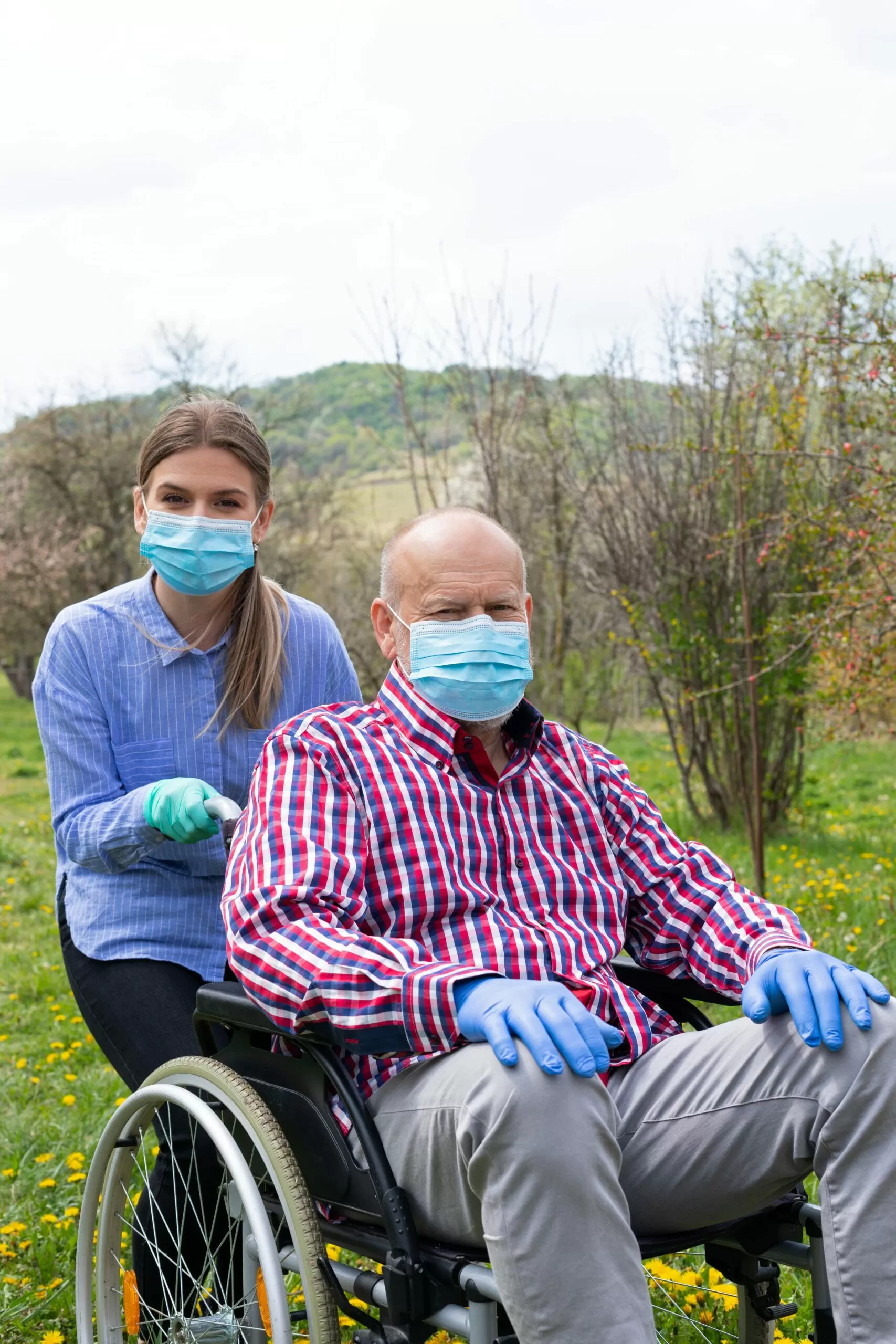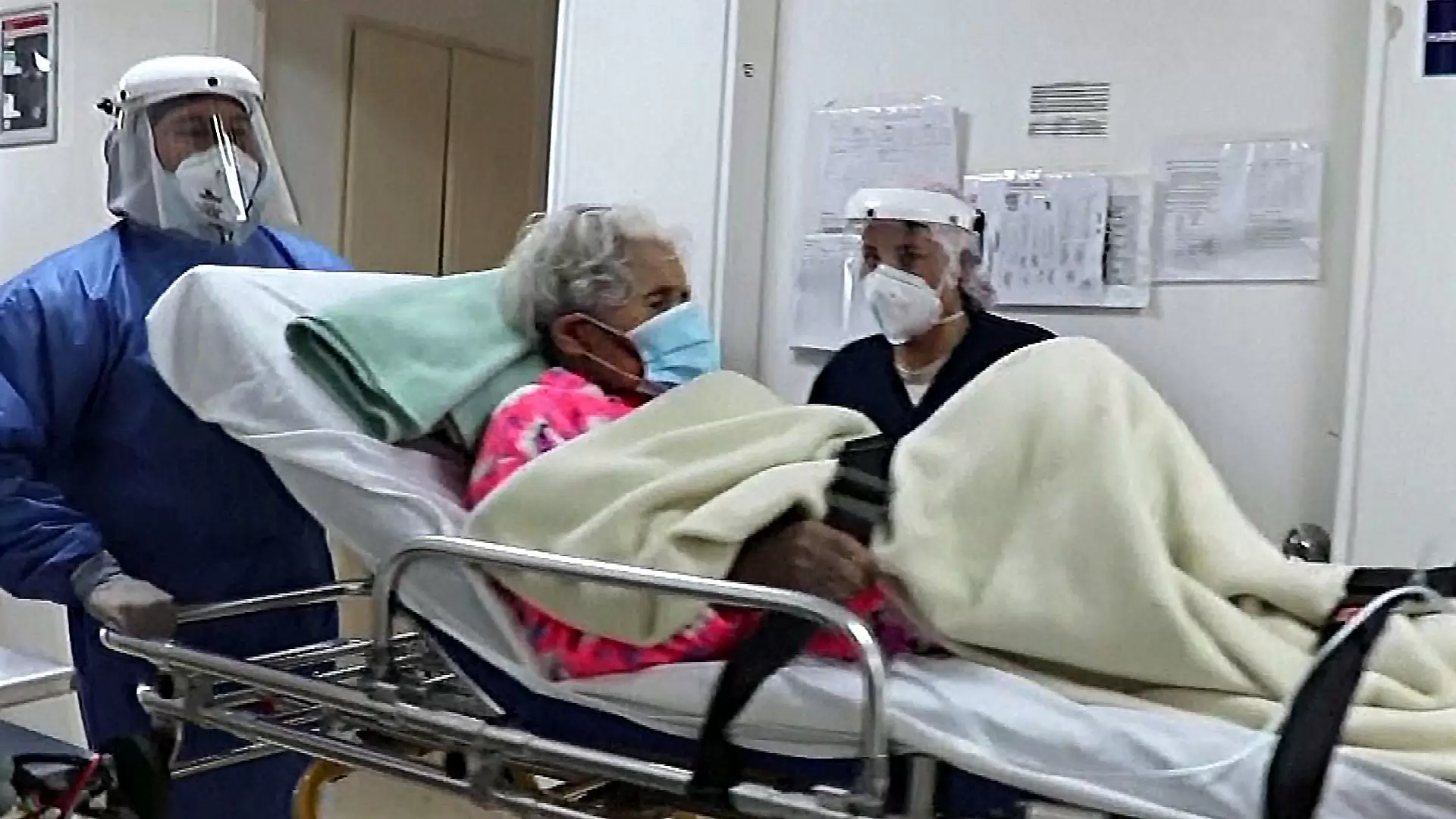A study which was published Wednesday (a companion to the American Cancer Society’s 2022 Annual Report)) said that although cancer diagnoses and treatment were adversely affected by the COVID-19 pandemic, 3.5 million cancer deaths were prevented in recent decades as treatments evolved. The authors of the paper which was published in the journal “CA : A Cancer Journal for Clinicians†said rising rates of breast and advanced staged prostate cancer, both of which can be detected early, are concerning. However, there has been significant progress made in other types of cancer. Over the past two years, there were more than 15 new drugs approved for lung cancer, for example. And pills blocking certain genes that cause cancer cells to grow, as well as immunotherapies that help a patient’s own immune system respond to cancer are leading to better outcomes.




